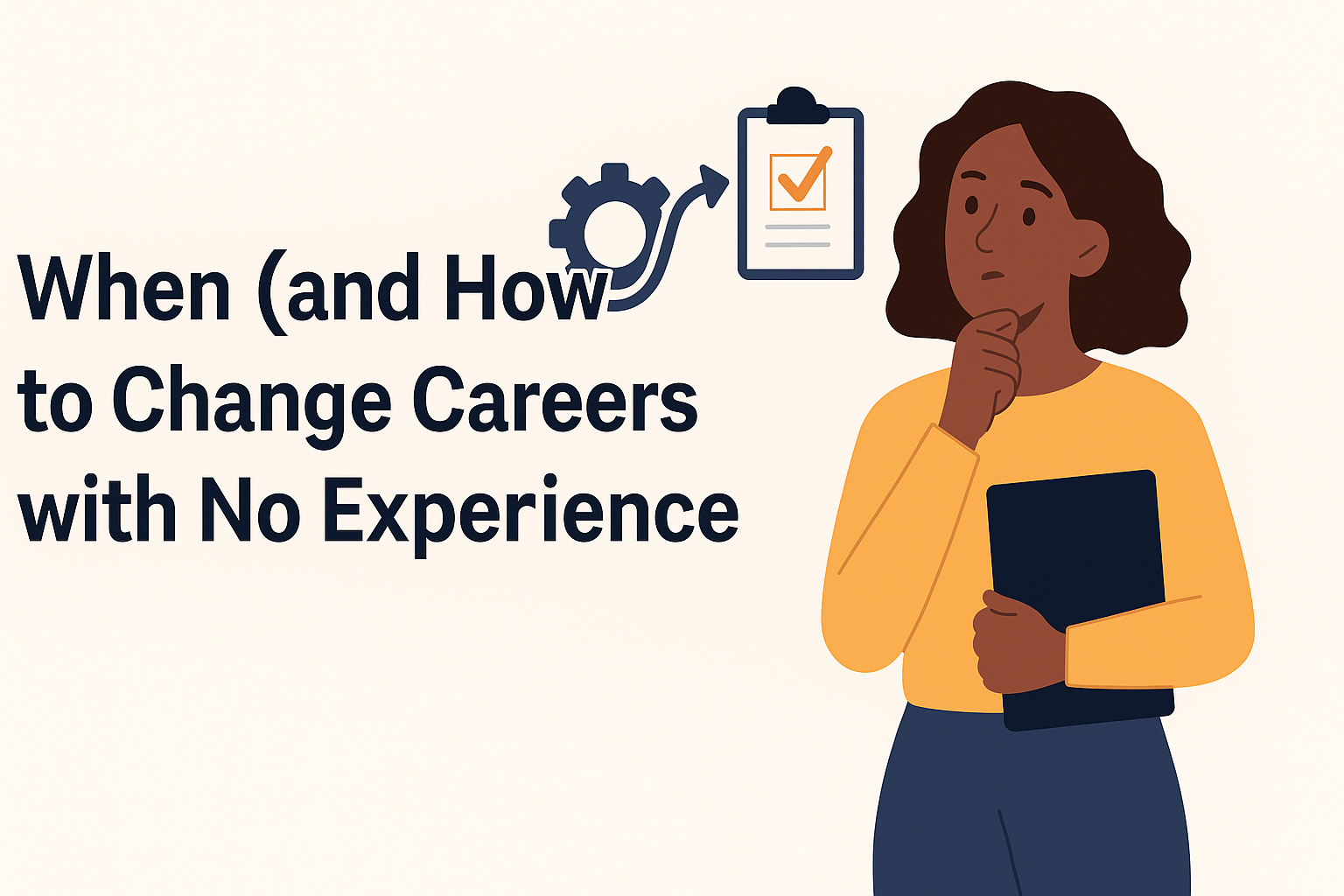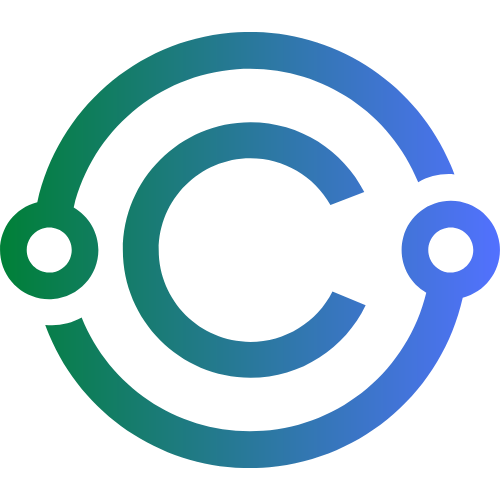When (and How) to Change Careers with No Experience

Feeling like you’re stuck in the wrong career is more common than you think. Whether you’re bored, burnt out, or simply uninspired, the thought of switching to a completely new path can be exciting—and terrifying. Especially when you have no experience in the field you want to move into.
But here’s the truth: People make successful career changes every day without having a traditional background in their new field. The key is knowing when it’s time to switch, and how to do it strategically.
In this guide, we’ll show you how to plan your pivot, position your existing skills, build credibility, and move confidently into a new career—even if you’re starting from scratch.
1. How to Know It’s Time to Change Careers
Some signs it might be time to make a move:
- You dread going to work every day
- You feel disconnected from your job’s purpose
- You’re not growing or learning anything new
- You daydream about doing something completely different
- The industry is shrinking or no longer aligns with your values
If this sounds like you, it might be more than a rough patch—it could be a call for change.
Tip: Keep a journal for 30 days and note your emotional state at work. Patterns will emerge.
2. Choose a Direction, Not a Destination
You don’t need to know your exact end role. But you do need a general sense of direction.
Ask:
- What kind of problems do I enjoy solving?
- What work feels energizing, not draining?
- Which careers align with my values and lifestyle?
Tools:
3. Inventory Your Transferable Skills
You probably have more relevant experience than you think.
Examples of transferable skills:
- Communication
- Problem-solving
- Project management
- Customer service
- Research and analysis
Activity: Review job descriptions in your target industry and match each requirement with an example from your past experience.
4. Learn the Basics of the New Industry
Before applying, understand the fundamentals of your new field.
Start with:
- Free online courses (e.g., Coursera, edX, LinkedIn Learning)
- Industry blogs and YouTube channels
- Podcasts and newsletters
Pro Tip: Spend 15 minutes per day learning. That’s 7.5 hours/month of new knowledge.
5. Build Experience Through Projects or Volunteering
You don’t need a job title to build experience.
Options:
- Freelance or volunteer with non-profits or startups
- Create mock projects to showcase your skills
- Join hackathons, case study competitions, or online challenges
Example: Want to be a data analyst? Start a portfolio using public datasets on Kaggle.
6. Network Into the Field
Connections often open more doors than cold applications.
How to network smartly:
- Use LinkedIn to find professionals in your target role
- Request 15-minute informational interviews
- Ask questions like:
- What’s your day-to-day like?
- What skills helped you succeed?
- What advice would you give someone switching into this field?
Helpful Guide: The Muse's Informational Interview Questions
7. Rewrite Your Resume and LinkedIn Strategically
Tailor everything to the new role—not your past job title.
Tips:
- Use a functional or hybrid resume format
- Focus on achievements and transferable skills
- Include projects, certifications, and relevant coursework
Tools:
8. Start Applying — Even if You Feel Underqualified
Imposter syndrome hits hard during a career switch. Apply anyway.
Many companies hire based on potential, curiosity, and coachability. Be honest, but confident.
Customize each application:
- Include a brief career pivot story in your cover letter
- Show what you’ve done to prepare for the switch
- Highlight eagerness to learn and problem-solving skills
9. Be Prepared to Start at a Lower Level
Sometimes a switch means taking a pay cut or a step down in title—at least temporarily.
Think long-term:
- Can this new path bring faster future growth?
- Is it more aligned with your values and goals?
Tip: Budget for a transitional period. Save 3-6 months of expenses if possible.
10. Case Study: Raj’s Move from Sales to UX Design
Raj, 31, had worked in retail sales for nearly a decade. He enjoyed the customer interaction but wanted a creative, flexible job with growth opportunities.
After exploring options, he discovered UX design. Though he had no formal experience, he:
- Took free and paid courses from Google UX Design Certificate
- Redesigned websites for friends and small businesses
- Documented his projects on a simple portfolio site
- Reached out to junior designers on LinkedIn for feedback
- Applied to 50+ roles with a tailored resume and honest cover letter
Six months later, he landed a UX internship, and within a year, he became a full-time Junior UX Designer.
Key Takeaway: You don’t need experience. You need a plan, proof of effort, and persistence.
Changing careers with no experience may feel risky—but staying in the wrong one is often a bigger risk to your happiness, health, and growth.
With the right strategy, mindset, and support, you can make a successful transition and build a career that truly fits who you are today.
More from UJ+:
- How to Choose the Right Career Path When You’re Unsure
- Feeling Stuck? Here’s How to Restart Your Career
- How to Set Career Goals That Actually Work
Subscribe to UJ+ for more career change resources, expert tools, and inspiring stories.

